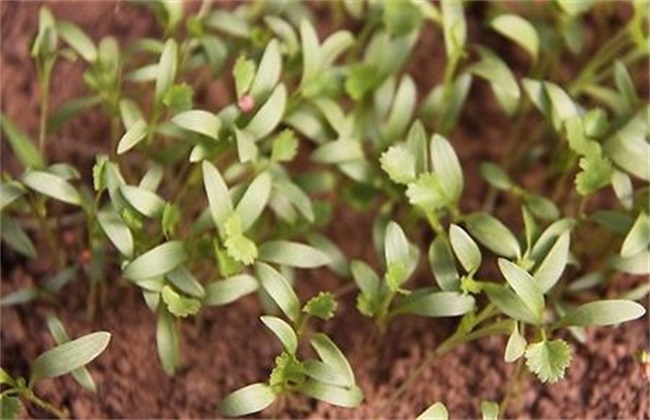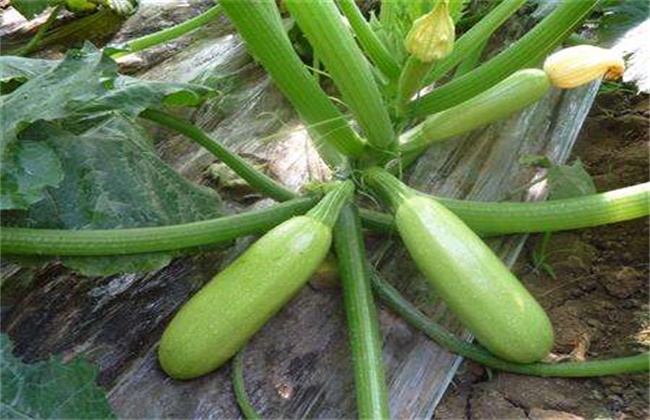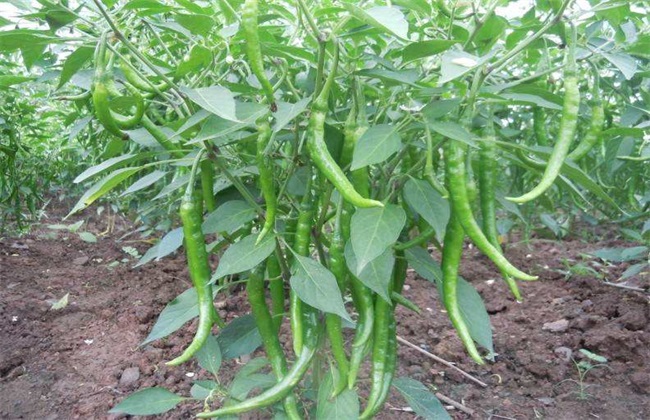Requirements of coriander on growth environment
Coriander, known as coriander, is a seasoned vegetable, which is planted all over the country. Many people like it, and many people know about this vegetable, but few people know that parsley has the medicinal effect of relieving pain and detoxification. It is very popular in our country. This is a kind of essential vegetable in daily life, the sales are good, and the economic benefit of growing parsley is very good. However, there are also certain restrictions on the cultivation of parsley, and the growth environment needs its own needs, so we will talk about the unique needs of various necessary conditions.

1. Temperature
Cilantro can adapt to low temperature from minus 1 degree to more than 3 degrees, but the most suitable temperature for growth is 17 to 20 degrees, which is the normal temperature in temperate zones, so it is suitable for cultivation in temperate zones. Growth of more than 20 degrees slows down. Therefore, it can also be cultivated in autumn, winter and spring in the subtropics.
2. Soil
The root system is a straight root system, so it needs a deep and well-structured soil, and the root system has a strong absorptive capacity, so it should be planted in the soil that preserves water and fertilizer, so that it can be massaged to absorb nutrient water. Parsley likes fertilizer, needs a lot of nutrition, keeps the leaves green and leaves grow, so it needs fertile soil with a lot of humus.
3. Lighting
The growth of parsley needs medium and short sunshine, because there is too much light, the strong light will burn the leaves, making the leaves purplish red and aging. The stem hardens. It grows well in spring light. The sun is too strong in summer. Too strong light is easy to bolting, affecting the taste of food.
4. Moisture
Cilantro likes water and grows mainly from leaves. It takes a lot of water to keep the leaves upright, so they should be watered frequently throughout the growing period, keeping about 60% of the soil water content, but not too much at one time, the leaf cells absorb too much water and it is easy to grow old, and the roots are afraid of waterlogging. Watering can not accumulate water.
5. Nutrition
The leaves should be thick green and tender, and more nitrogen fertilizer should be applied, and the whole fertilization is mainly nitrogen fertilizer, and then less potash fertilizer, easy to aging stems and leaves, phosphate fertilizer must be, otherwise it is easy to yellowing. In order to avoid element deficiency, coriander growth also needs calcium, magnesium and other trace element fertilizer, which can ensure the normal growth of leaves.
The best growing environment for growing parsley is to provide the above needs as much as possible, but if the conditions are not enough, it is good enough to survive, as long as the basic conditions are provided. In order to pursue output and quality, we still need a good environment.
Related
- Where is it suitable to grow horseradish in China? it is expected to see the middle altitude horseradish in Alishan.
- How to prevent tomato virus disease reasonably? (Control methods included)
- Many people like to plant towel gourd on the balcony. What are the main points of this method and management?
- What crops can chili peppers be mixed with?
- Fertilization techniques and matters needing attention in Tomato
- What are the grafting techniques for peach seedlings in spring?
- Harm and control methods of root swelling disease of Chinese cabbage
- What are the pests of sweet potatoes? How to prevent and cure it?
- Symptoms, causes and Control methods of navel Rot in Tomato
- The cause of "Cucumber rotten bibcock" in Farmers' planting Cucumber and its Control Plan



